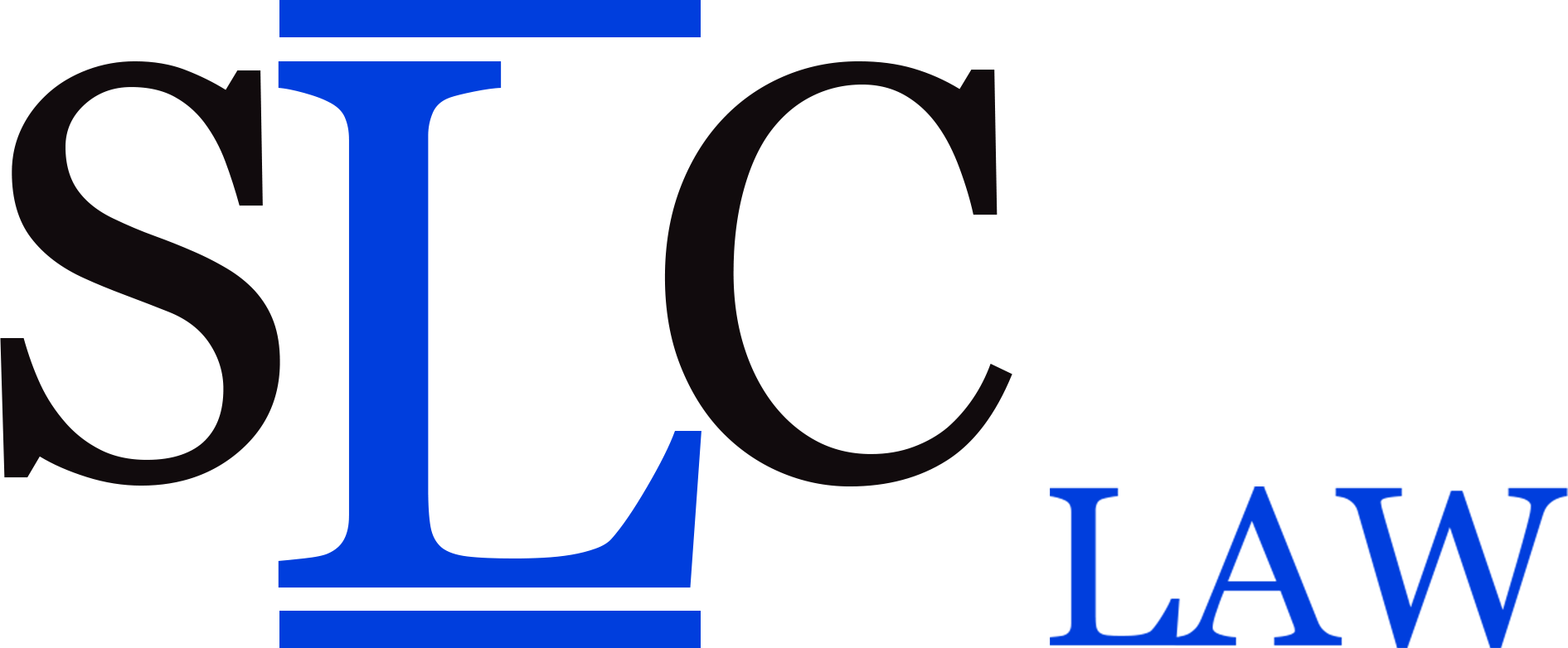Bank of Canada Digital Dollar

Bank of Canada Files for Digital Currency
On December 13, 2023, Bank of Canada requested public notice of an Official Mark, which is a type of Prohibited Mark under the Trademarks Act. Specifically, under subparagraph 9(1)(n)(iii) of the Trademarks Act, a public authority can request that notice be given to the public by the Registrar of Trademarks with respect to any badge, crest, emblem or mark adopted and used by a public authority, in Canada as an official mark for goods or services.
Bank of Canada requested that public notice be given with respect to DIGITAL DOLLAR. Evidence of adoption and use of DIGITAL DOLLAR by Bank of Canada was submitted to the Registrar.
What is a Prohibited Mark?
A unique type of trademark under Canadian law is known as a "Prohibited Mark." Prohibited Marks are referenced in Section 9(1) of the Trademarks Act and lists a number of items which "no person shall adopt in connection with a business, as a trademark or otherwise, any mark consisting of, or so nearly resembling as to be likely to be mistaken for." A Prohibited Mark is one which falls under an enumerated category in Paragraphs (a) - (o) of Section 9(1).
What is an Official Mark?
Official Marks are a type of Prohibited Mark under Section 9(1) of the Trademarks Act. An Official Mark is a specific type of Prohibited Mark under Subparagraph 9(1)(n)(iii) that can be registered by the Registrar as a Prohibited Mark "at the request of Her Majesty or of the university or public authority."
Subparagraph 9(1)(n)(iii) provides the following for Official Marks:
9 (1) No person shall adopt in connection with a business, as a trademark or otherwise, any mark consisting of, or so nearly resembling as to be likely to be mistaken for,
...
(n) any badge, crest, emblem or mark
(i) adopted or used by any of Her Majesty’s Forces as defined in the National Defence Act,
(ii) of any university, or
(iii) adopted and used by any public authority, in Canada as an official mark for goods or services,
in respect of which the Registrar has, at the request of Her Majesty or of the university or public authority, as the case may be, given public notice of its adoption and use;
An Official Mark must be adopted and used by a public authority, in Canada as an official mark for goods or services. There are two main requirements to obtain Official Mark protection in Canada as follows:
- The entity must be a public authority in Canada.
- There must be evidence of adoption and use of an Official Mark.
If an entity can successfully claim the benefit of Subparagraph 9(1)(n)(iii) which provides protection for Official Marks, the scope of protection is much more broad than a standard trademark under trademark law in Canada.
How to Challenge an Official Mark?
Once the Registrar of Trademarks is satisfied that an entity is a public authority in Canada and has provided evidence of adoption and use of an Official Mark, the Registrar will give public notice under Subparagraph 9(1)(n)(iii). After public notice is given by the Registrar, it becomes extremely difficult for an Official Mark to be invalidated or otherwise removed from the Register of Trademarks.
Contact SLC Law to speak to a trademark lawyer and trademark agent
Speak to a trademark lawyer and trademark agent
Disclaimer: All materials contained on this website should not be construed or relied upon as legal advice. The content of the SLC Law website is provided to you for informational purposes only and should not be construed as legal or other advice on any subject matter. Contact a lawyer or other professional for advice regarding your particular circumstances.

